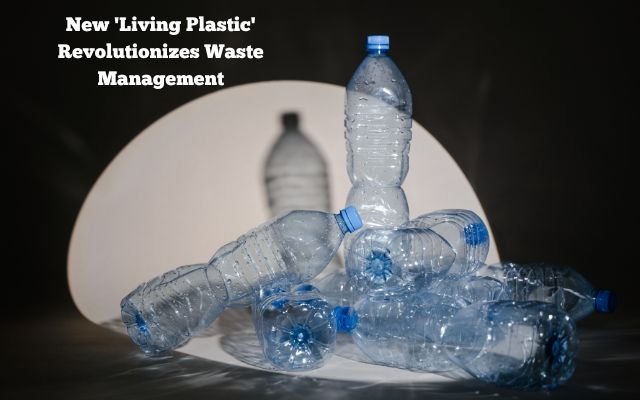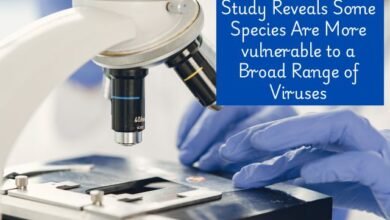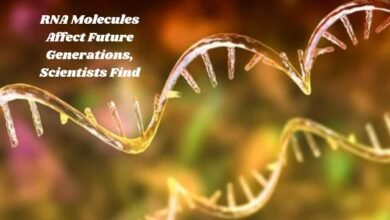The Future of Plastic: New Living Plastic Biodegradable and Self-Destructive
Discover the future of plastic with new 'living plastic'—a biodegradable, self-destructive material offering a sustainable solution to waste.

Scientists have developed a new type of plastic known as “living plastic” that, when it starts to break down, can decompose naturally. This new plastic breaks down much quicker than regular plastics, which can take hundreds of years to degrade.
In composting environment, “living plastic” can fully decompose within a month. This is big improvement over traditional plastics which can take up to 55 days to start breaking down.
The idea for this “living plastic” came from a bacteria found in Japan in 2016 that naturally eats plastic. Scientists used this idea to develop new synthetic versions of these bacteria’s proteins, making them even better at breaking down plastic.
Researchers from the Chinese Academy of Sciences, led by Chenwang Tang, figured out how to put these special proteins into a type of plastic called polycaprolactone (PCL). When this plastic begins to break down, proteins help it decompose more quickly.
They also added another enzyme from yeast to speed up process even more. With this addition, plastic breaks down in just a week, compared to much longer for regular plastic.
This new “living plastic” could help reduce plastic waste and its impact on the environment. Although it’s still an early idea, it has the potential to solve the growing problem of plastic pollution. As plastic production has doubled in the last 20 years, its impact on the environment has become clearer. Researchers hope that this new plastic will lead to materials that are both biodegradable & better for planet.
The Inspiration Behind Living Plastic
This innovative new technology was inspired by a 2016 discovery made in Japan. Researchers have discovered particular kind of bacteria that makes enzymes which are unique proteins that can degrade plastic. These enzymes have the ability to break down plastic, which may provide a way to address serious issue of plastic pollution.
Scientists chose to enhance & employ these natural enzymes to handle plastic trash more successfully after realizing potential of this finding. They tried to improve these enzymes’ ability to break down plastic by producing synthetic copies of them. This might make it easier to combat growing problem of plastic pollution.
The Role of Bacterial Spores in Living Plastic
A team of researchers from the Chinese Academy of Sciences, led by Chenwang Tang, has made significant progress in turning this concept into a reality. Scientists have found way to add bacteria that make plastic-breaking enzymes directly into a type of plastic called polycaprolactone (PCL) which is used in many products.
To do this- they mix the bacterial spores into the plastic using normal plastic-making methods- like heating or pressurizing the plastic. Spores stay inactive while plastic is still intact. When plastic starts to break down, spores wake up and release enzymes which then help break down the plastic even more.
Enhancing Enzyme Stability
One of the challenges with using natural enzymes is their stability. Enzymes can be sensitive and might not work well in different conditions. To solve this- researchers made sure the enzymes in their “living plastic” stay stable.
They used special enzyme from strong bacterium & put it into another tough microbe that can handle high temperatures and pressures. This makes the enzyme more reliable during plastic production. When the plastic begins to break down the spores in the plastic activate and tough microbe releases the enzyme, speeding up breakdown process.
Speeding Up Decomposition
To further enhance the effectiveness of the “living plastic,” the researchers added an additional enzyme derived from yeast. This enzyme aids in speeding up the breakdown of the plastic even more. In contrast to conventional plastics which usually take much longer to break down, “living plastic” containing this additional enzyme can decompose in as little as one week.
This quick decomposition is a big improvement over regular plastics which could remain in the environment for decades. Decreases in the environmental problems caused by plastic pollution could be substantial if “living plastic” in plastic waste broke down more quickly.
Addressing Plastic Pollution
In recent years, plastic pollution has grown to be significant environmental issue. Manufacture of plastic has risen in previous 20 years, increasing trash and negatively impacting environment. Conventional plastics decompose extremely slowly. They frequently wind up in natural areas or landfills where they can contaminate and harm the environment.
Innovative “living plastic” presents a promising resolution to this problem. Compared to conventional plastics this kind decomposes considerably more quickly and effectively. “Living plastic” has potential to decrease plastic waste production and mitigate its adverse impacts on environment & wildlife by hastening breakdown process.
Future Implications
Although the concept of “living plastic” is still in its infancy, it represents a significant advancement in the production of environmentally friendly polymers. By taking this technique, scientists at the Chinese Academy of Sciences want to build materials that decompose naturally and do not harm the environment over time.
“Living plastic” offers more than just faster breakdown. It tackles a major issue with plastic pollution—how long plastics last in the environment. This technology could help create a more sustainable system where materials are reused and recycled better. It shows the importance of innovation and research in solving environmental problems.
As this technology advances and spreads, it may alter our approach to managing plastic trash and contribute to development of a greener, more sustainable future. Development of “living plastic” demonstrates how science may help solve some of the major problems facing our planet.
- 5 Ways Generative AI is Poisoning Social Media
- Microsoft Spots Ransomware Groups Abusing Zero-Day Flaw
- Voice Cloning, AI Stickers and More: Filmora’s Latest Features
Conclusion
Development of “living plastic” is major breakthrough in battle against plastic pollution. Because scientists have stabilized and harnessed natural enzymes that break down plastic, this new substance degrades significantly more swiftly and efficiently than regular plastic. Despite being in its early stages, this technology holds great promise for lowering plastic waste & its harmful effects on environment. Development of “living plastic” could be crucial to a more ecologically friendly and sustainable world as science and technology progress.



